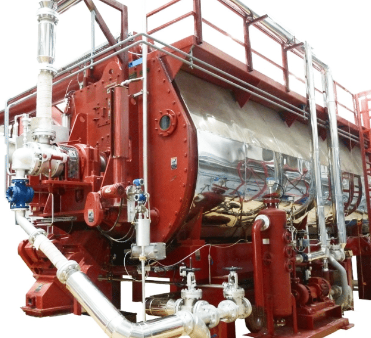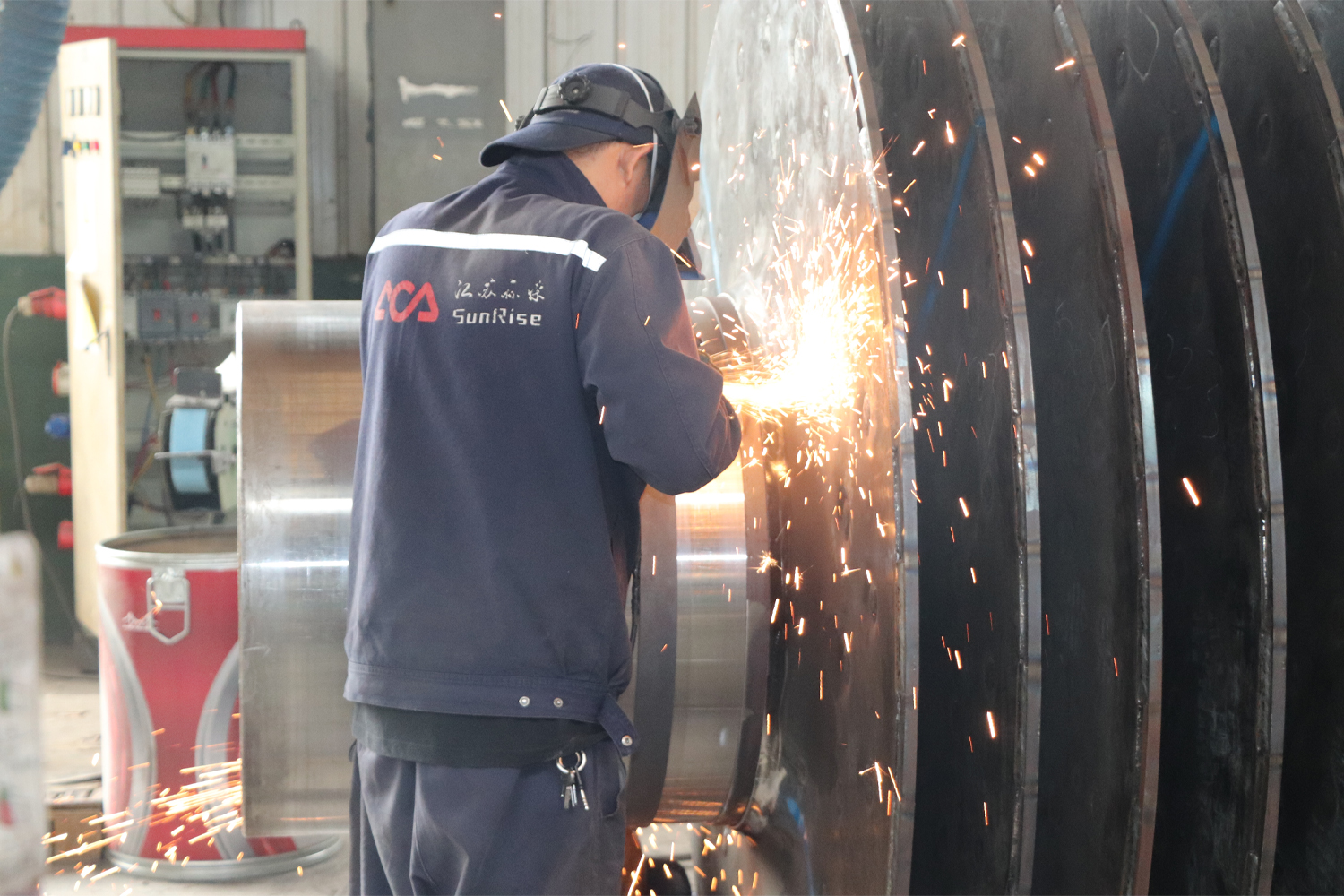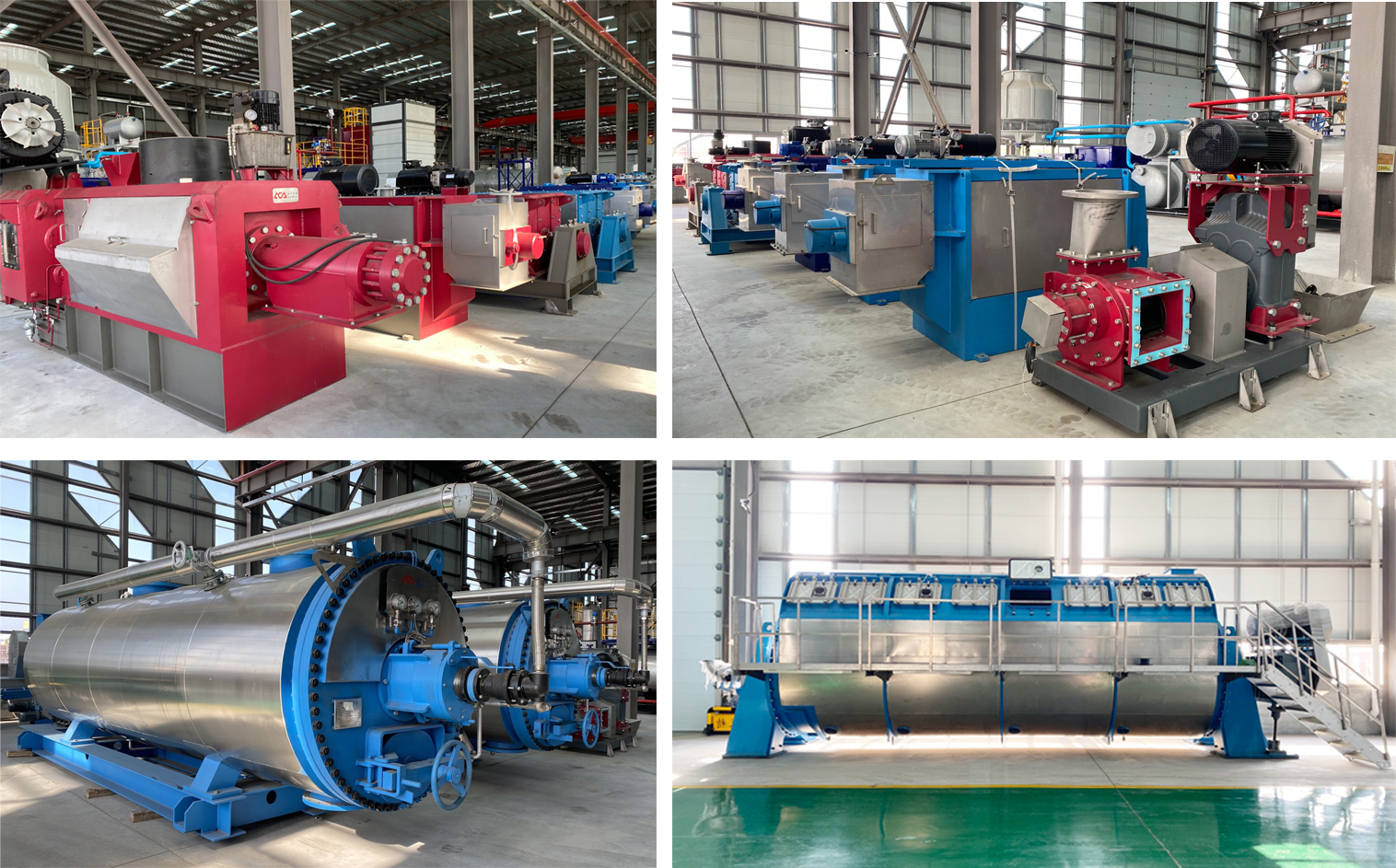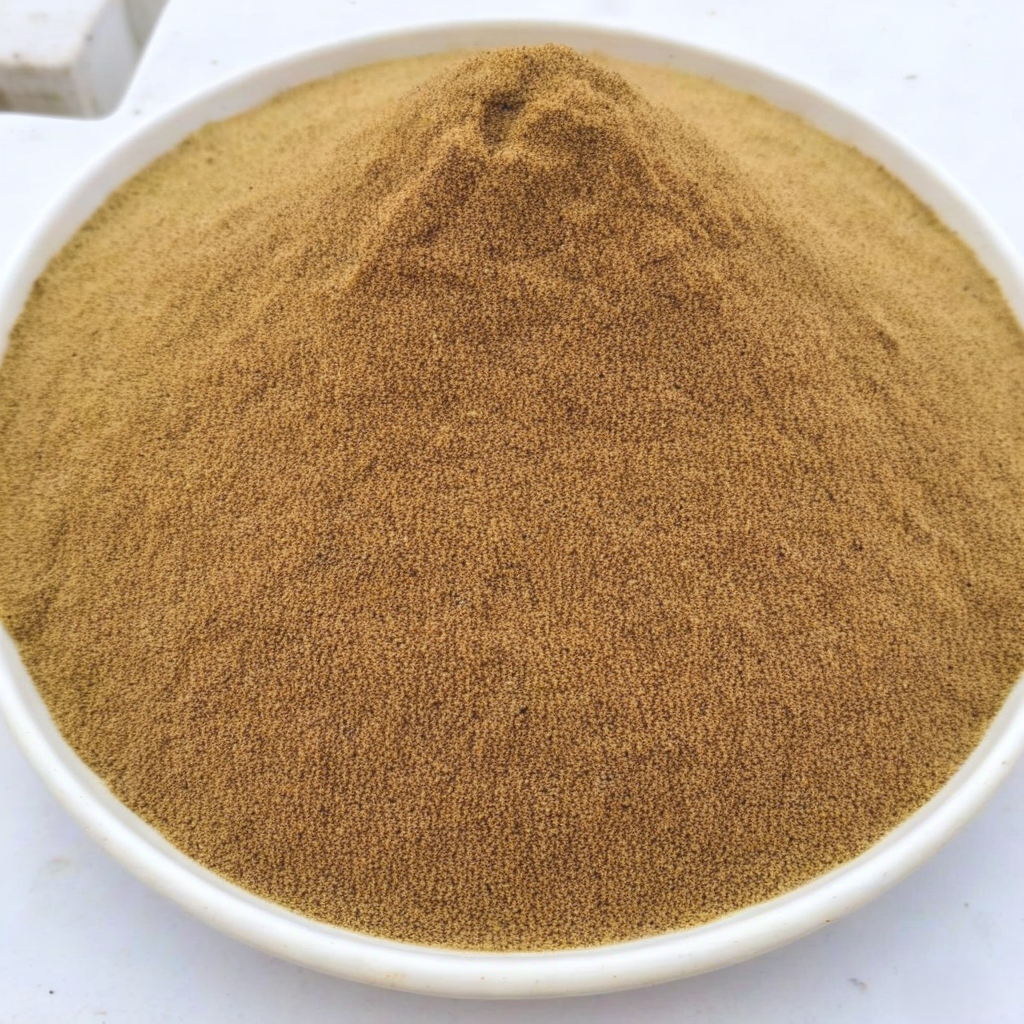
What Is Rendering Plant Machine and How Does It Work?
What Is Rendering Plant Machine and How Does It Work?

Rendering Plant Machine
A rendering plant machine is a device that is used to process animal carcasses into usable byproducts. The process of rendering is done by first grinding up the carcass, and then cooking it at a high temperature. After the cooking process is complete, the rendering plant machine will separate the fat from the bone and muscle.
The fat is then turned into tallow, which can be used in a variety of products, such as soap, candles, and lubricants. The bone and muscle are turned into a meal, which is used as animal feed. If you’re interested in learning more about rendering plant machines and how they work, read on for more information.
What is a rendering plant machine?
A rendering machine is a large industrial machine used to process animal carcasses into usable products. The rendering process involves breaking down the animal tissue into small pieces, cooking it to remove all moisture, and then grinding it into a fine powder. Rendering plants are used to produce a variety of products including animal feed, pet food, cosmetics, and biodiesel.
Rendering are usually located near slaughterhouses or other places where animal carcasses are produced. This allows the rendering plant to receive fresh carcasses on a regular basis. The rendering process begins by breaking down the carcass into small pieces using a conveyor belt or similar machinery. The pieces are then cooked at a high temperature to remove all moisture. After cooking, the pieces are ground into a fine powder and passed through filters to remove any remaining impurities.
The finished product is then packaged and shipped to customers. Rendering plants are regulated by government agencies to ensure that they meet food safety standards.
How does a rendering plant machine work?
A rendering plant is a type of industrial equipment that is used to process animal carcasses into usable products. The rendering process involves breaking down the carcasses into smaller pieces, cooking them, and then separating the fat from the bone and other tissues. The end product of the rendering process is a variety of different products that can be used in many different industries, including the production of soap, cosmetics, and animal feed.
What are the benefits of using a rendering plant ?
There are many benefits to using a rendering plant machine. Perhaps the most obvious benefit is that it can save you a considerable amount of money on your utility bills. By using a rendering plant machine, you can significantly reduce the amount of energy required to heat your home or office space. In addition, a rendering plant machine can also help improve the indoor air quality of your home or office. By reducing the amount of Dust, pollen, and other airborne contaminants, you can create a healthier environment for yourself and those around you.
Are there any drawbacks to using a rendering plant machines?
There are a few potential drawbacks to using a rendering plant machine. First, the cost of setting up and maintaining a rendering plant can be significant. Additionally, rendering plants can generate unpleasant odors, and they may attract vermin or other pests. Finally, rendering produce a lot of wastewater that must be properly treated before it is released into the environment.
How much does a rendering plant machine cost?
If you’re in the market for a rendering machine, you may be wondering how much it will cost. The short answer is that the cost of a rendering plant machine will vary depending on the specific machine and its features.
Some factors that will affect the cost of a rendering machine include the size of the unit, its capacity, and its features. A larger unit with a higher capacity will typically be more expensive than a smaller unit with fewer features. However, it’s important to consider your needs when choosing a rendering plant machine so that you don’t overspend on features you won’t use.
To get an idea of how much different rendering plant machines cost, we’ve compiled a list of three popular models below:
1. The Cangiante Rendering Machine: This compact unit is perfect for small-scale operations. It has a capacity of 50-100 kg per hour and features an automatic loading system, making it easy to operate. The Cangiante Rendering Plant Machine costs around $15,000.
2. The Meyn Oven Dryer: This larger unit is ideal for medium to large-scale operations. It has a capacity of 200-1000 kg per hour and features an automated loading and unloading system. The Meyn Oven Dryer costs around $50,000.
3. The Minkus Rendering Plant Machine: This top-of-the-line machine is perfect for large-scale operations. It has a capacity of 2000-5000 kg per hour and features an automated loading and unloading system, as well as a built-in fat separation unit. The Minkus Rendering Plant Machine costs around $100,000.
As you can see, the cost of a rendering plant will vary depending on the specific model and its features. When choosing a machine, be sure to consider your needs so that you don’t overspend on features you won’t use.
Conclusion
If you’re in the market for a rendering machine, we hope this article has helped give you a better understanding of how they work and what to look for. Rendering plant machines are a great way to increase efficiency and output while reducing waste and environmental impact. With so many different options on the market, it’s important to do your research to find the right machine for your needs. Thanks for reading!
For more blogs read



